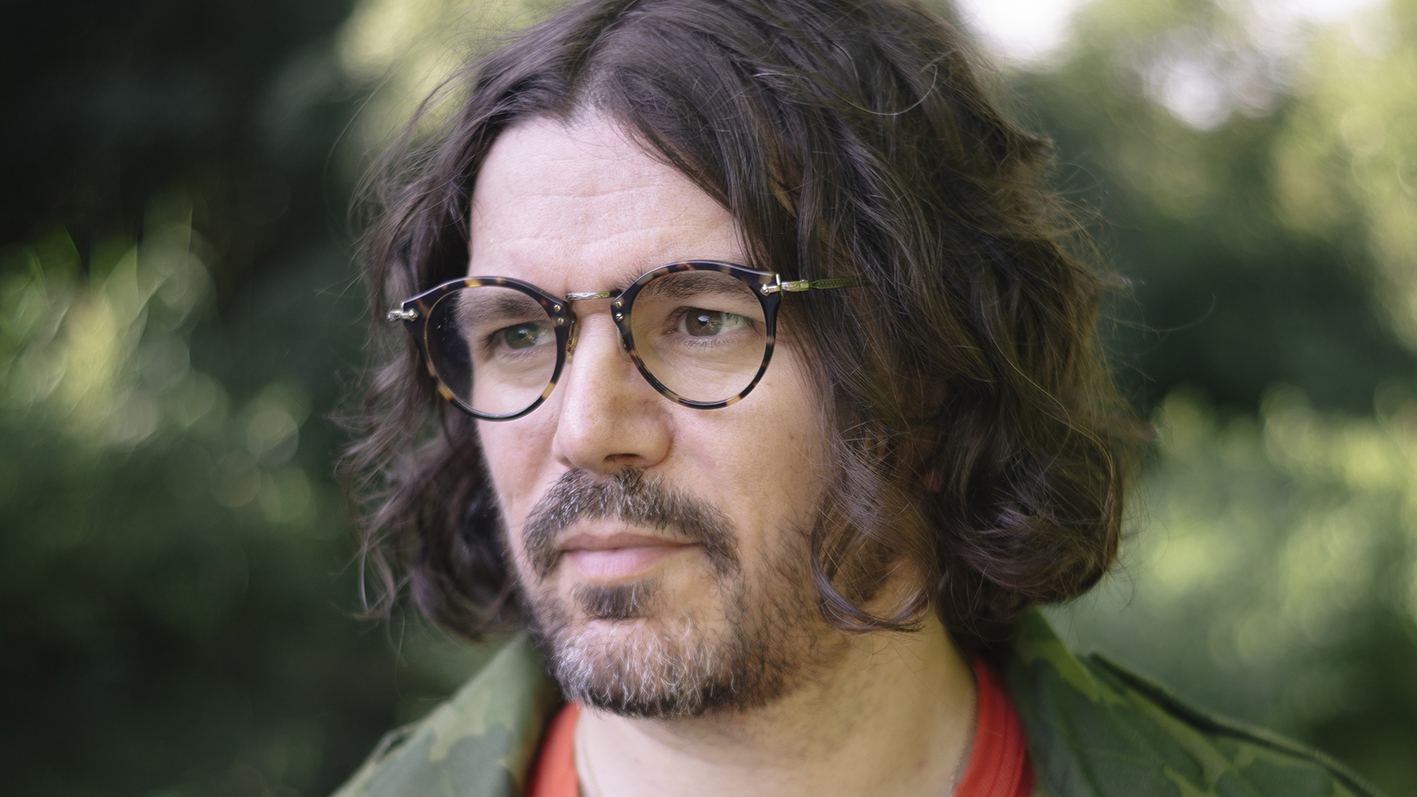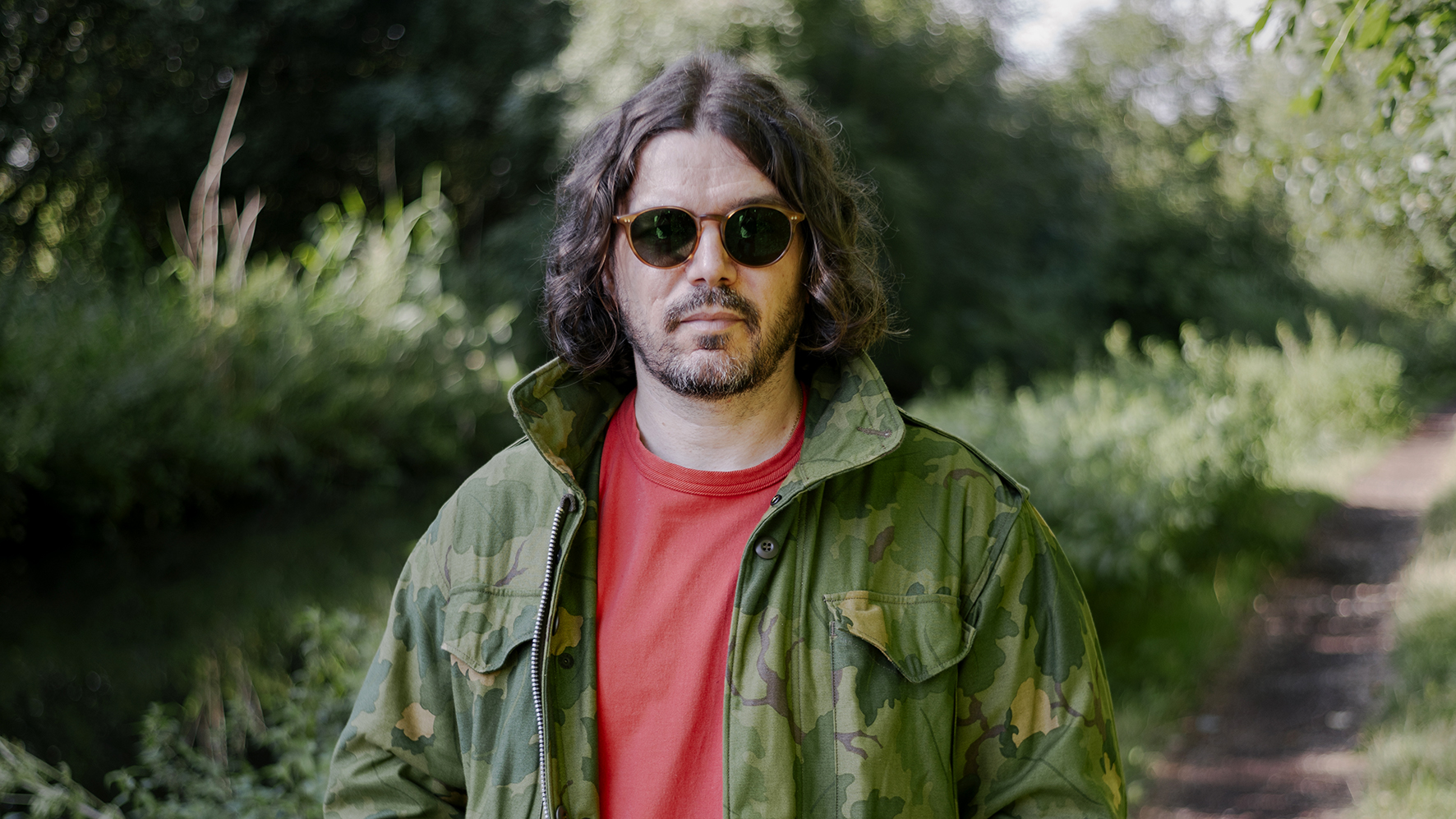“I had a £150 Behringer mixer and an iMac, and whenever I earned any money from music I’d buy a new piece of kit”: Bibio on how he made his biggest track - and why he's still using lo-fi recording techniques 15 years later
Stephen Wilkinson reveals how he recorded Lovers' Carvings - the song that paid for his five-figure Rupert Neve Designs console - using a budget set-up in a bedroom studio

Stephen Wilkinson, better known as Bibio, has explored a kaleidoscopic variety of sounds over his two-decade career; his last few albums alone have seen the British musician and producer experiment with sumptuous synth-funk, spectral ambient and tape-worn alt-folk, all varnished with a singular production style that unites lo-fi aesthetics with the punch and precision of professional recording.
These days, Wilkinson works from a well-equipped studio packed with gear and instruments and centred around a custom-built Rupert Neve Designs 5088 console, but - as he revealed in our recent interview - this wasn't always the case. In fact, the song that paid for that five-figure console was recorded through a £150 Behringer mixing desk in a modest bedroom studio. That song is Lovers' Carvings, a bittersweet slice of lo-fi indie-pop from Wilkinson's 2009 album Ambivalence Avenue.
"That track has been good to me," Wilkinson told us. "It has been used in TV, film and advertising a lot, which boosted its popularity. In 2003 I finished university and moved out of London back to my girlfriend’s parents’ house in Wolverhampton, they had a small spare bedroom which I took over with a few bits of kit.
"I had a £150 Behringer mixer, an iMac, and whenever I earned any money from music - which was very little back then - I’d buy a new piece of kit. I also worked part time in a pub and later as a lecturer at Stafford College.
“Eventually I had a few guitars, a bass, a Yamaha CS-10, a few mics, an MPC, and various tape machines. I made most of the album Ambivalence Avenue in that room. It was a long time ago, so I can’t remember it too well, but Lovers’ Carvings started out as two separate songs.
"It was all recorded with a 1988 Hofner archtop, which I purchased for £350 from a second hand music shop in Wolverhampton, the amp was a Fender Blues Jr. I had a Drawmer Tubestation 2 compressor around that time, I used to put stems and mixes through it multiple times as it got grainier and grainier with each generation - that compressor was definitely part of my sound back then.”
Though Wilkinson's current studio set-up is a far cry from his humble beginnings, he remains enamoured with the lo-fi recording techniques that defined his early work. "When you take the edge off things, when you lose some of the detail, they start to resemble dreams," he tells us.
Want all the hottest music and gear news, reviews, deals, features and more, direct to your inbox? Sign up here.
"A pristine and wide-bandwidth recording of something feels more real, whereas a lo-fi recording that has blurred edges, smeared details, faded colour or covered in grain, is less like reality, and that can be a very powerful thing."
"Of course, painters like Monet were experimenting with this with painting techniques, and I often find myself wishing my photographs were more like a Monet painting.
"I think an equivalent exists in audio too - certain artifacts in recording have similar qualities, as they can smudge the subject that’s been recorded, so you’re left with more of an impression of it, rather than something that is very true to life. I’m fascinated with this, but I think high fidelity has its place too, and since Ambivalence Avenue I’ve been trying to somehow merge both worlds.”



I'm MusicRadar's Tech Editor, working across everything from product news and gear-focused features to artist interviews and tech tutorials. I love electronic music and I'm perpetually fascinated by the tools we use to make it.
